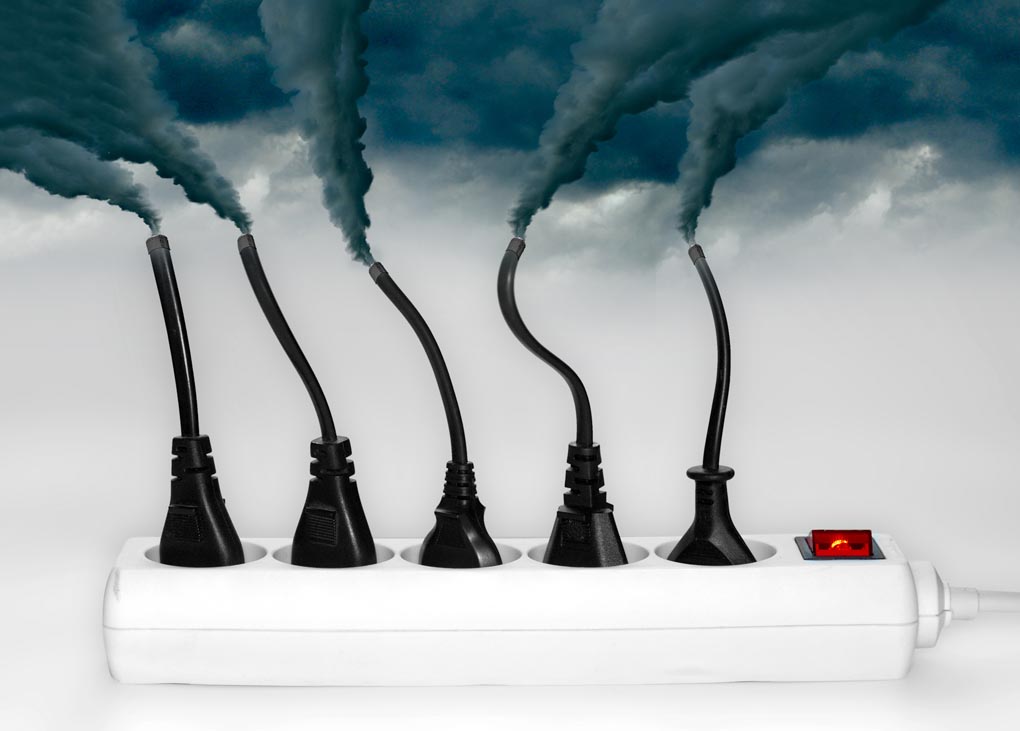A government-led study to quantify the benefits of HVAC&R maintenance is set to reveal the most common equipment faults – and their significant impacts on energy use.
Attendees at the ARBS 2022 Seminar Program last week were afforded a sneak peek at the results, presented by Deepthi Worthing from the Ozone and Climate Protection, Department of Climate Change, Energy, the Environment and Water. Worthing traced the project journey, as well as the findings as the team closes in on the end point.
A three-step process
The project had its beginnings in the review of the Ozone Protection and Synthetic Greenhouse Gas Management Program in 2014–2016. One of the recommendations of the review was to work with industry to develop information to better inform equipment owners of the benefits of proper installation of equipment and regular equipment maintenance, thereby reducing both refrigerant leakage (direct emissions) and energy use (indirect emissions).
Key to this initiative was quantifying the benefits of HVAC&R maintenance, and this major task was broken into three projects.
First, the Expert Group conducted a global desk study to identify the most common and preventable faults found in refrigeration and air conditioning equipment. It also looked to quantify the energy penalties of these faults.
The resulting report, Leaks, maintenance and emissions, was published in early 2021 and was applauded by industry. It found that the most common faults in HVAC&R equipment were incorrect refrigerant charge (over or under due to refrigerant leakage); dirty condensers and mechanical issues; and dirty evaporators and mechanical issues.
Next, the project team sought to collect real-world Australian data about faults and the energy penalties. Refrigerants Australia, along with the Expert Group worked closely with Grosvenor Engineering Group to analyse an anonymised set of the company’s maintenance data.
Air Conditioning Faults – An Australian Analysis was published in late 2021, and confirmed the prevalence of frequently occurring faults that result in energy penalties to equipment owners while also providing insights into the prevalence of faults that do not cause energy penalties but do cause costs to repair and interruptions to service.
It revealed the need for the development of standard terminology and application of fault trees in fault reporting. It also highlighted the need for more focussed investigations into particular faults and equipment types.
As the final piece of the quantification puzzle, the government organised for a series of bench tests on common HVAC&R equipment to better measure the impact of the most common faults. Both SuperCool Asia Pacific and CSIRO have been involved in this testing.
The units tested included a remote walk-in coolroom, a refrigeration display cabinet, a single non-ducted split system air conditioning with inverter, and a non-inverter, three-phase rooftop package air conditioner. For each piece of equipment, four common faults were simulated: blocked condenser; blocked evaporator; refrigerant undercharge and overcharge; and contaminated refrigerant.
Serious energy penalties
Although the results across all equipment are still to be finalised, some key numbers are already available – and they make interesting reading.
Across the board, all equipment had efficiency losses or increased energy consumption for most fault test conditions. Tests indicated an average of 14–20 per cent energy losses across most tests. When several faults or maintenance issues coexist in a system, energy use is expected to increase substantially, with the possibility of equipment failure.
Some faults and their associated penalties stood out. For walk-in coolrooms, refrigerant contamination at 20 per cent resulted in up to a 69.1 per cent increase in energy consumption against the baseline test.
For refrigerated display cabinets, condenser blockage at 40 per cent resulted in up to a 15.7 per cent increase in energy consumption against the baseline test.
And for non-ducted split AC units, a 70 per cent rated refrigerant charge resulted in capacity being reduced by 16.8 per cent (cooling cycle) and 19.3 per cent (heating cycle). EER was also reduced by 11.5 per cent (cooling) and CoP is reduced by 5.8 per cent (heating). When indoor and outdoor air inlet blockages were tested in addition to the 70 per cent rated refrigerant change, the unit capacity was reduced by 18.3 per cent (cooling) and 19.6 per cent (heating). EER was reduced by 13.9 per cent (cooling) and 19.6 per cent (heating).
The final results are expected in the coming months. When available, the data will be used to work with industry to develop an information program for both business and households to increase the awareness and benefits of routine maintenance.
 Mark Vender
Mark Vender


Leave a Reply